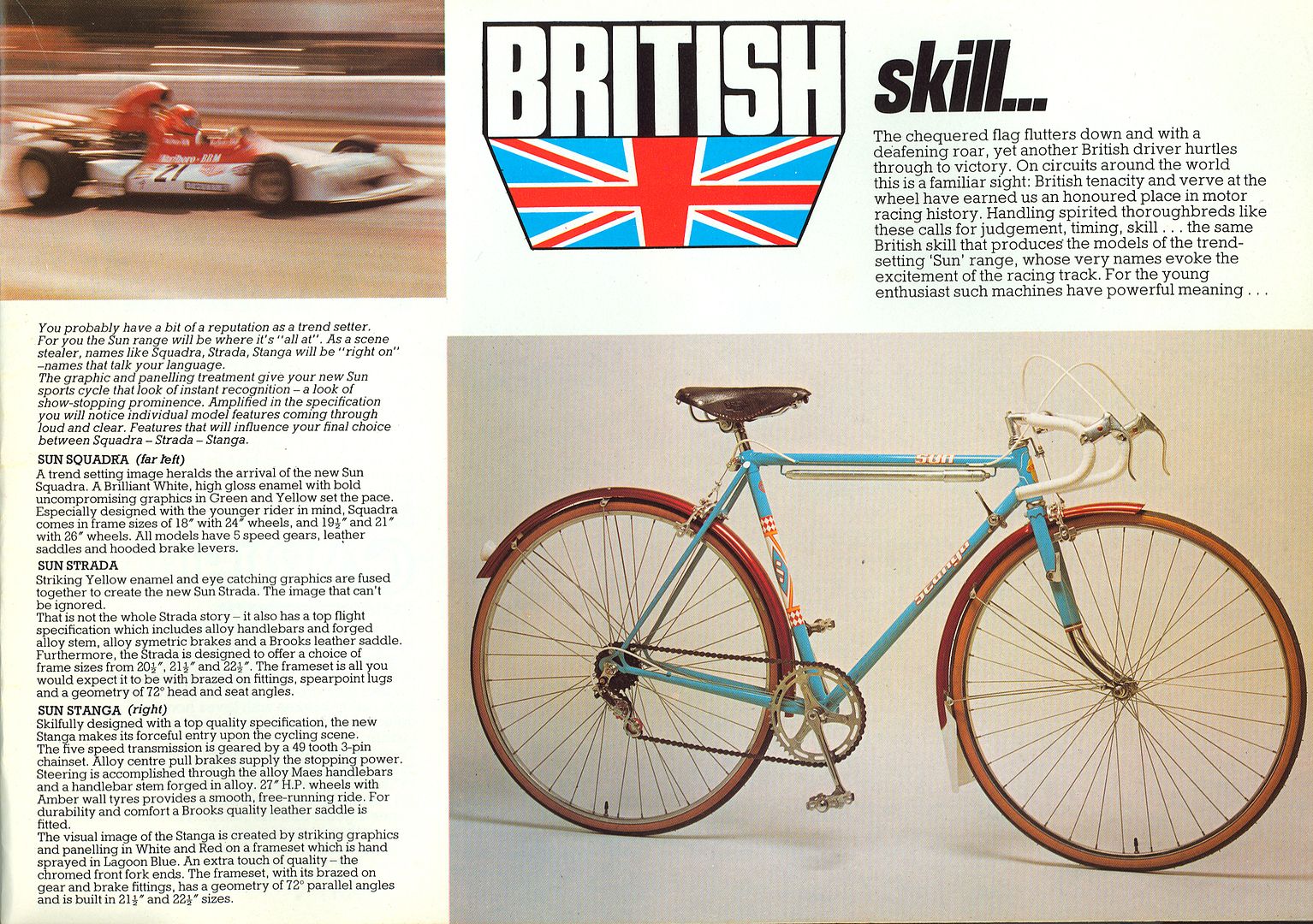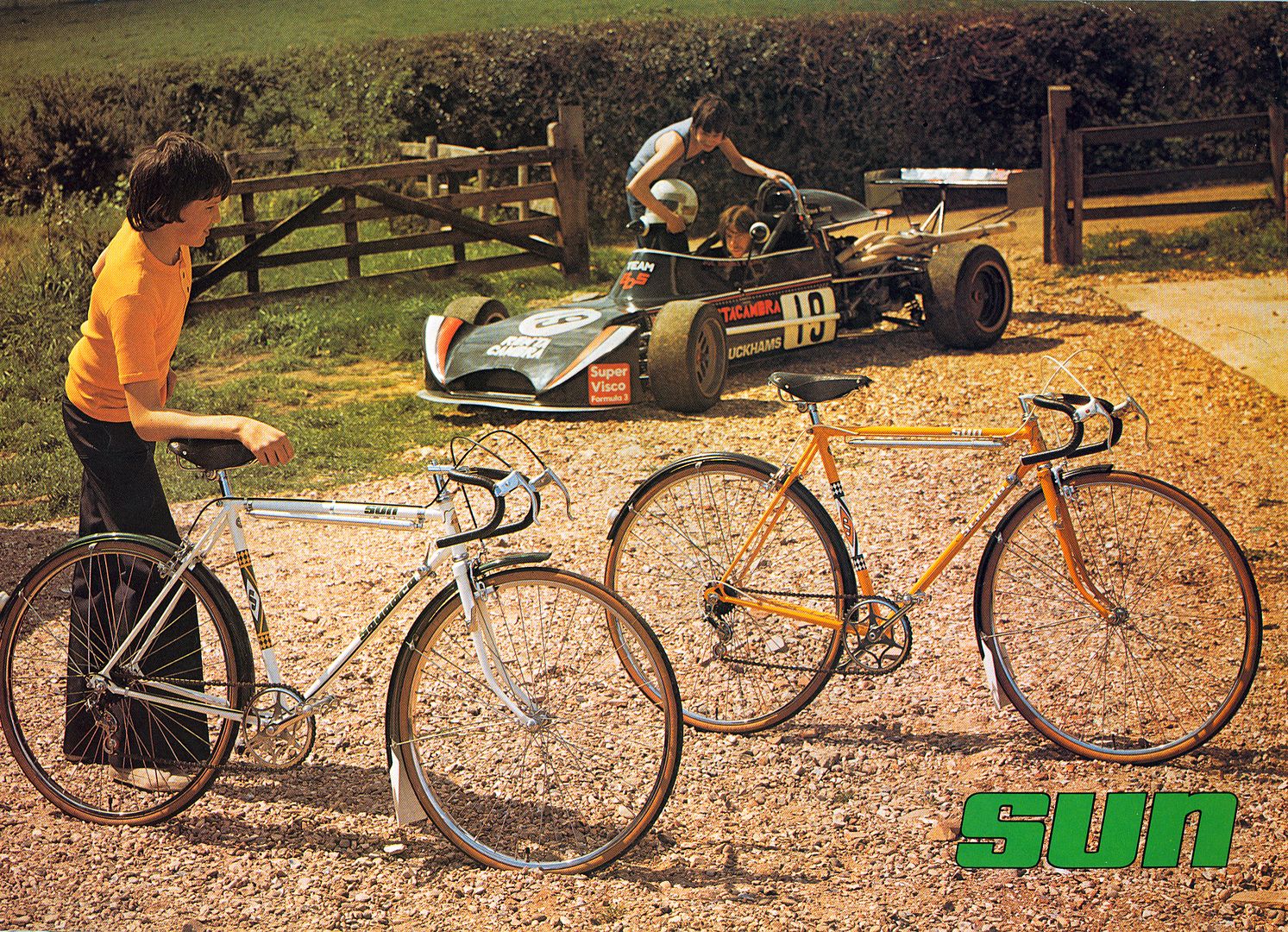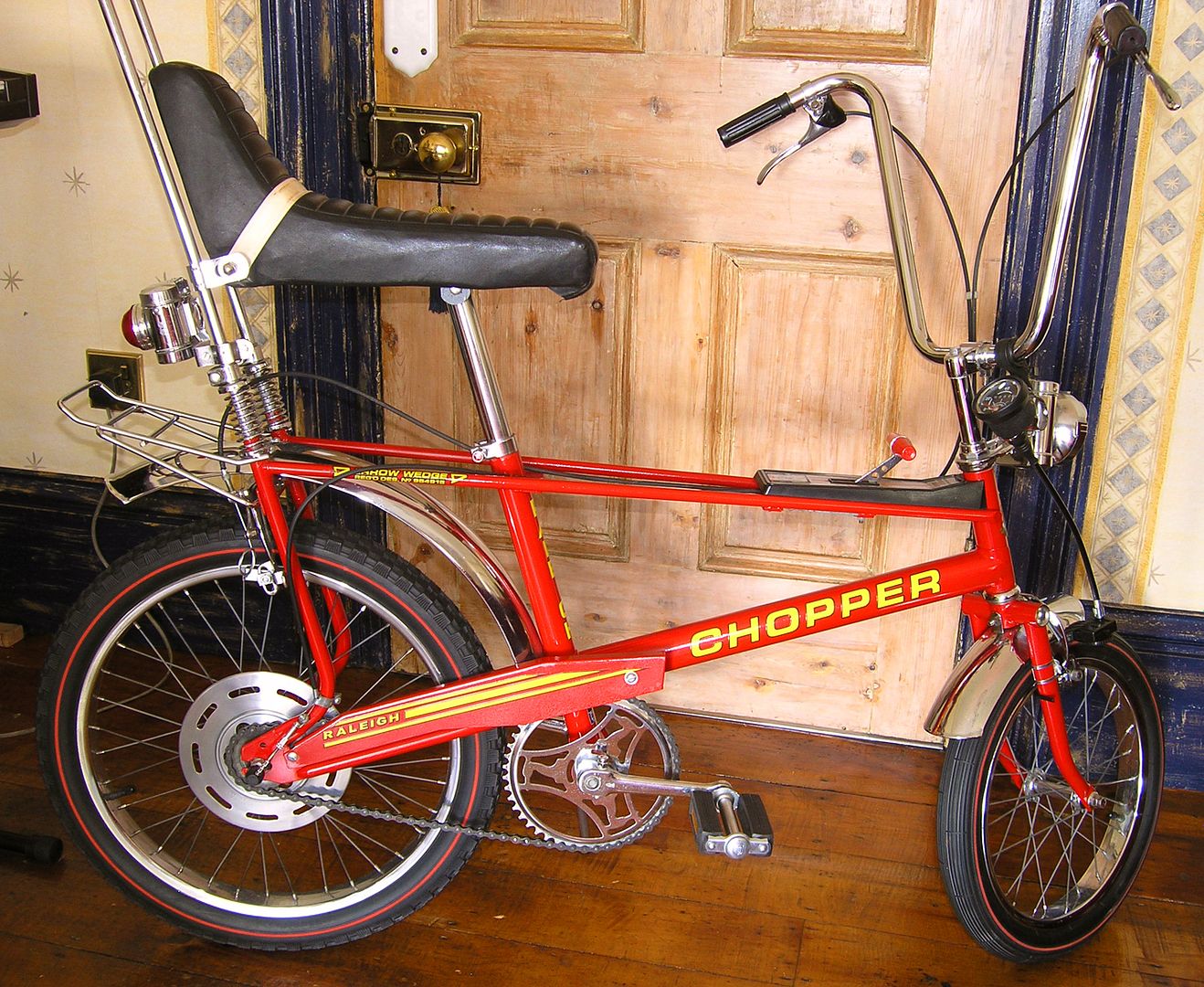The weight is interesting, 6 lbs is 2.725 kg including the headset cup, I assume the bottom bearing has been removed, which means the frame is sub 2.7 kg. probably 2.65. On a website called "london fixed gear and single speed" a post lists weights for Reynolds 531 frame components and this is what they list for the touring bike kit, which is what the Snipe Plus, really was
Reynolds 531 Special Tourist
A tube set designed specifically for
lightweight touring, the culmination of over fifty
years experience of working hand in hand with
specialist builders, both large and small. Features
include 'thin' oval touring fork blades, a main
frame triangle with improved weight charac-
teristics and a rear triangle with high performance
stays to take the strain of heavy pannier loads.
Set weight: 2300 grms (5.0lbs).
Ok that weight includes the front forks but I would think it doesn't include the lugs, drop outs, brake bracket, fork crown etc needed to make a complete set, frame and forks, so by comparison the weight of the Snipe for a Semi-mass produced bike of the period is not at all bad.
It's a pity that Sun bikes of the 60's and 70's have somehow been forgotten or come to be considered as the poor relations of the Carlton/Raleighs of the time, they were equally well made products as the Carltons with a proud heritage made by people who knew what they were doing.
By the way if you want to I would be pretty sure any of the specialist autopaint suppliers would be able to mix up a matching paint for not too much money. The team racing colours were yellow and black. Red and Blue were also colours used on the Snipe Plus.
Anyway as I said before appreciate and enjoy the bike, I'll admit to a little twinge of jealousy.
Reynolds 531 Special Tourist
A tube set designed specifically for
lightweight touring, the culmination of over fifty
years experience of working hand in hand with
specialist builders, both large and small. Features
include 'thin' oval touring fork blades, a main
frame triangle with improved weight charac-
teristics and a rear triangle with high performance
stays to take the strain of heavy pannier loads.
Set weight: 2300 grms (5.0lbs).
Ok that weight includes the front forks but I would think it doesn't include the lugs, drop outs, brake bracket, fork crown etc needed to make a complete set, frame and forks, so by comparison the weight of the Snipe for a Semi-mass produced bike of the period is not at all bad.
It's a pity that Sun bikes of the 60's and 70's have somehow been forgotten or come to be considered as the poor relations of the Carlton/Raleighs of the time, they were equally well made products as the Carltons with a proud heritage made by people who knew what they were doing.
By the way if you want to I would be pretty sure any of the specialist autopaint suppliers would be able to mix up a matching paint for not too much money. The team racing colours were yellow and black. Red and Blue were also colours used on the Snipe Plus.
Anyway as I said before appreciate and enjoy the bike, I'll admit to a little twinge of jealousy.


